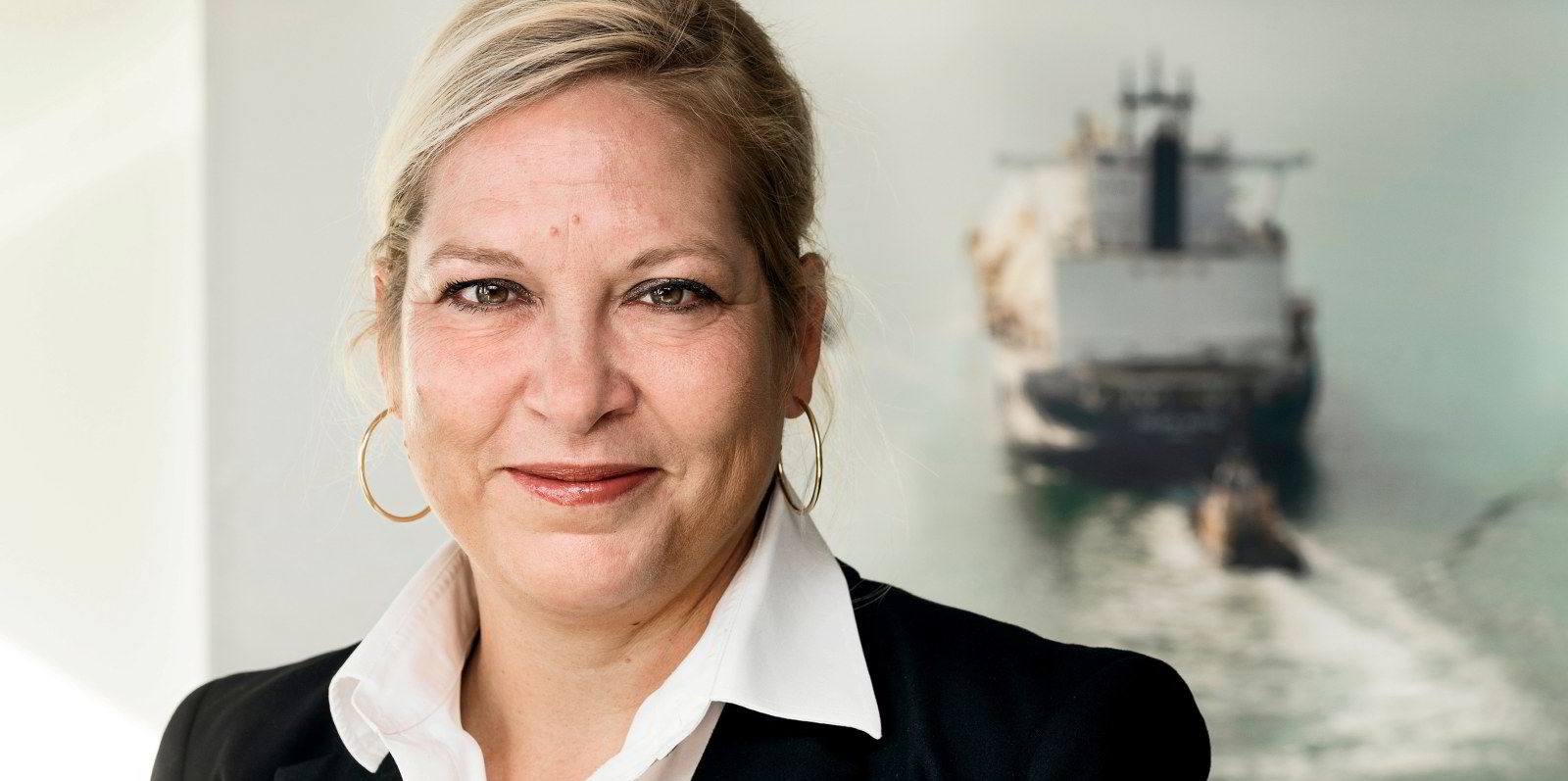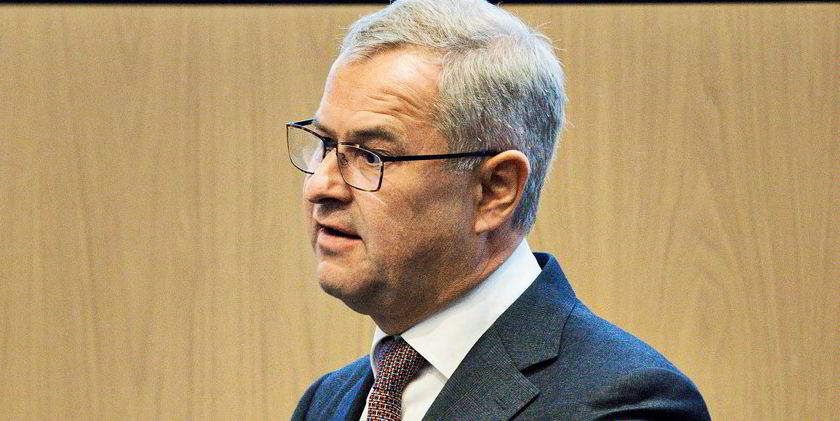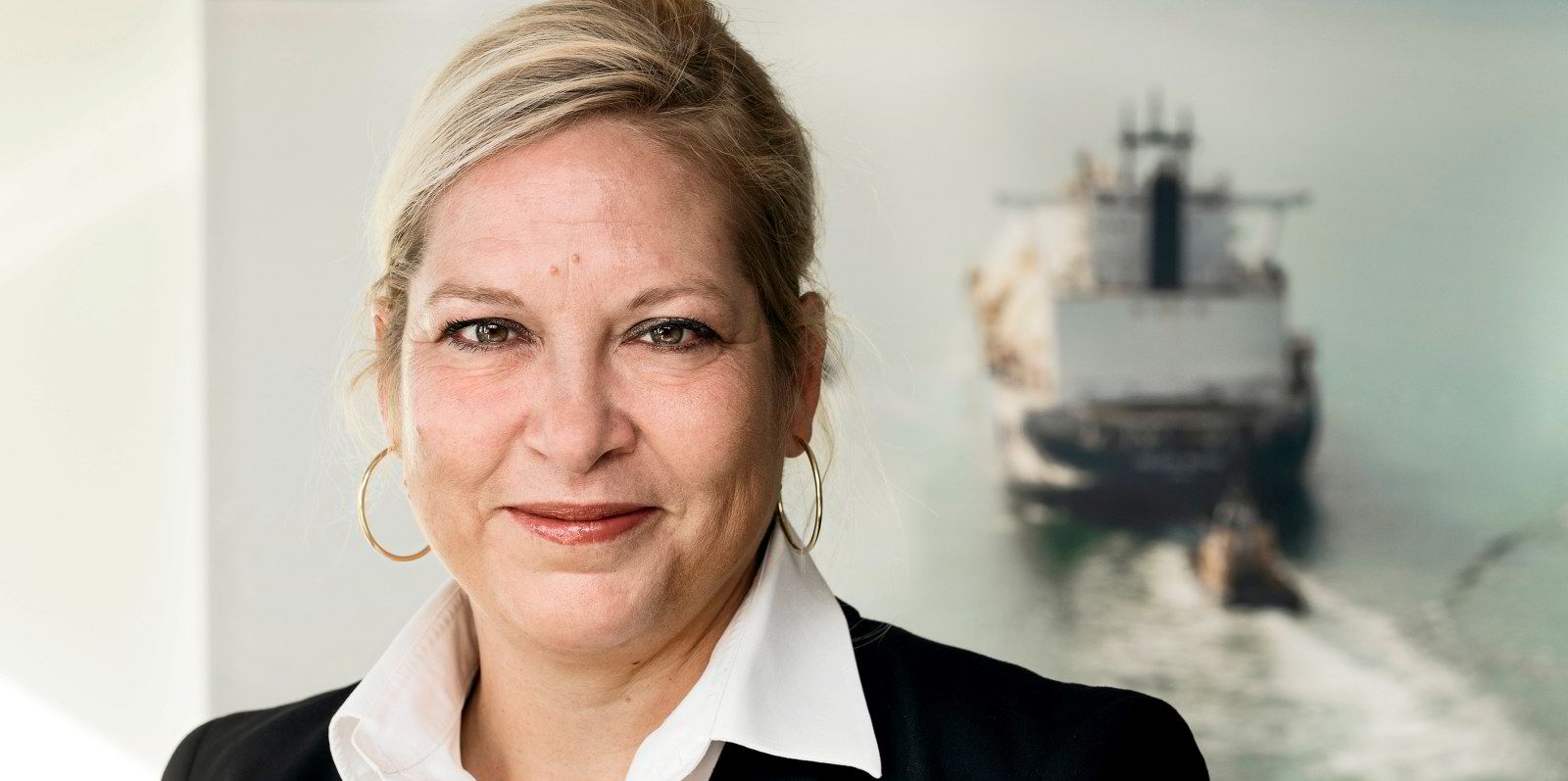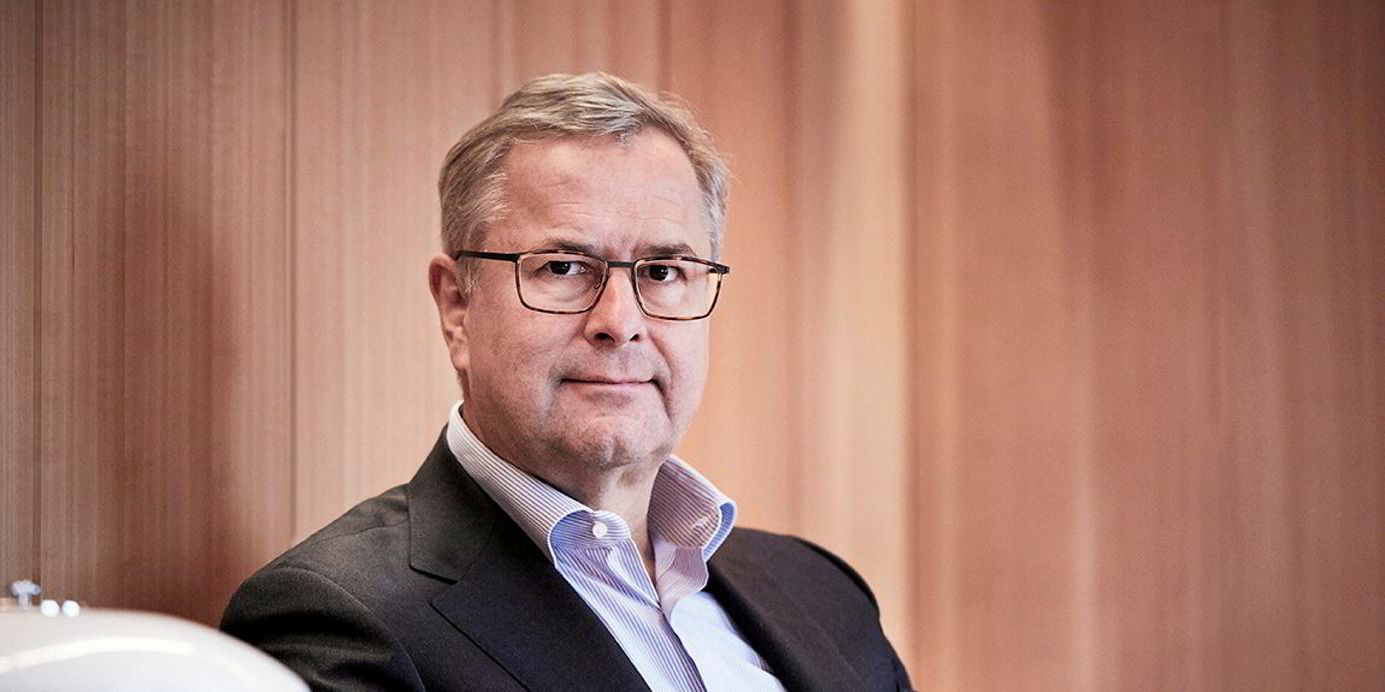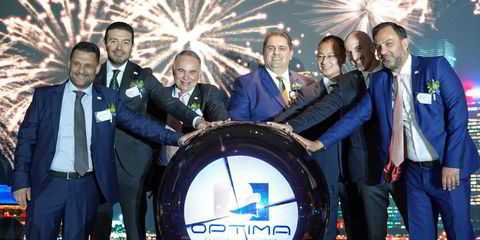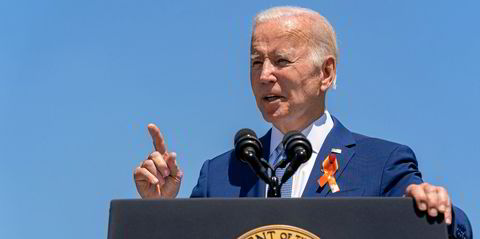Danish shipping companies AP Moller-Maersk and DFDS are joining Europe’s largest project to produce green ammonia from power generated by offshore wind turbines.
The 1-GW Power-to-X electrolysis facility located in the west coast Danish town of Esbjerg will produce CO2-free ammonia as a green shipping fuel and fertiliser for the agriculture sector when operational in 2026.
Container shipping giant Maersk, which has announced a string of alternative fuel schemes in recent weeks, said the project will be an important step forward in the supply of green ammonia.
“We consider green ammonia as a promising option for marine fuels and a dual-fuel engine for ammonia is under development.” Henriette Hallberg Thygesen, Maersk's chief executive of fleet and strategic brands, said.
“We are optimistic that ammonia, along with methanol and alcohol-lignin blends, will be powering Maersk vessels in the future.”
DFDS, one of the largest ferry operators in the North Sea region, said it is partnering in the scheme because a green fossil alternative for ships does not exist currently.
Chief executive Torben Carlsen said: “The cooperation of fuel users and producers along with scientists and society is the fastest way to make sustainable fuels available as realistic alternatives to the fossil fuels we combust in our vehicles and vessels today.
“I hope that this partnership will help us reach our goal of operating zero-emission ferries and trucks much faster.”
The collaboration under the Copenhagen Infrastructure Partners (CIP) banner — the world’s largest dedicated fund manager for greenfield renewable energy investments — also involves dairy products firm Arla, pork producer Danish Crown and farms supplier DLG.
CIP partner Michael Hannibal told TradeWinds sister paper Recharge that the companies are currently looking for the necessary environmental and other permits that will allow them to take an expected financial investment decision on the €1bn project in 2023.
Esbjerg mayor Jesper Frost Rasmussen said the town has been at the heart of Europe’s shipping of wind turbines for the past decade and that the production facility would cement its position as a centre of green energy in the North Sea region.
Maersk announced recently that it would have its first carbon-neutral vessel on the water by 2023, seven years ahead of schedule and running on carbon-neutral methanol.
Hannibal told Recharge that no single offshore wind farm has been chosen for the power to feed the electrolyser, but some of it could come from Denmark’s 1-GW Thor project that is due to enter service between 2025 and 2027.
CIP said the plant is expected to cut CO2 emissions by about 1.5m tonnes a year — or the equivalent to removing 730,000 cars from the roads.
“Solutions such as Power-to-X are key for these industries [shipping and agriculture] to take the next big leap within their decarbonisation,” Christian Skakkebaek, CIP's senior partner responsible for the Energy Transition Fund, said.
